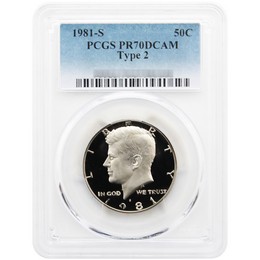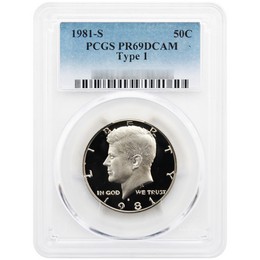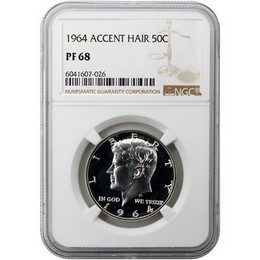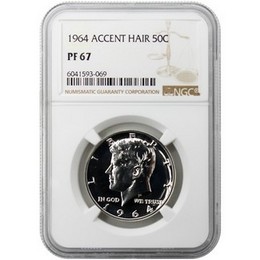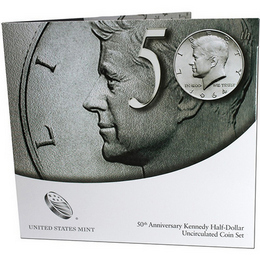The Legacy of the Kennedy Silver Half Dollar

History of the Kennedy Half Dollar
In 1964, the JFK half dollar was introduced as a tribute to the late President John F. Kennedy, whose assassination on November 22, 1963, left a profound impact on the nation. The decision to create this coin shortly after his death reflected the country's deep admiration for Kennedy's legacy. The United States Mint aimed to honor his contributions, particularly in civil rights, space exploration, and economic policies that aimed to uplift American society.
The Kennedy half dollars are significant in coinage history, as they were among the first coins to depict a sitting president, following the Franklin half dollar. This marked a departure from traditional coin designs, which typically featured historical figures or allegorical images. The new approach immortalized Kennedy's image and symbolized a period of hope and transformation in America. Initially struck in 90% silver, the silver Kennedy half dollar was especially appealing to collectors and investors.
As time progressed, the JFK half dollar's design evolved. The original obverse displayed a portrait of Kennedy, while the reverse featured an eagle with a shield, a nod to earlier American coin designs. In 1971, the coin's composition transitioned from silver to a clad material, primarily in response to rising silver prices. This change made the coin more accessible to the public, though it reduced its appeal to silver investors. Various design and mint mark variations have emerged over the years, reflecting different mintage years and production techniques.
Although the Kennedy half dollars are less commonly circulated today, they continue to be minted and remain a favorite among coin collectors. They are frequently included in commemorative sets, representing a lasting historical moment and serving as tangible reminders of the ideals that defined an era.
Collecting Kennedy Half Dollars
The Kennedy half dollars, introduced in 1964, have gained popularity among collectors due to their historical significance and the array of variations available. The half dollar coin features a portrait of President John F. Kennedy on the obverse and the Presidential Seal on the reverse. Various mint marks have been produced, including those from Philadelphia (no mint mark), Denver (D), and San Francisco (S), each indicating different values, particularly in uncirculated or proof conditions. Collectors often seek special editions such as the 1964 silver Kennedy half dollar and the clad coins produced after 1970.
Minting year is one of the primary factors influencing the value of Kennedy half dollars. Some years saw lower mintages, making those coins more sought-after by collectors. For example, the 1964-D (Denver Mint) half dollar is more common, but the 1964-S (San Francisco Mint) proof coin is particularly prized. Coins from the 1970s and 1980s are less common in high grades, adding to their allure and market value. The condition of the coin is also crucial; coins graded by professional services can command significantly higher prices than those in average condition.
Among the most coveted Kennedy half dollars are the 1964 proof and the 1998-S and 1999-S silver proof coins. Prices for these can range from hundreds to thousands of dollars, especially when in excellent condition. Recent market trends show collectors willing to pay a premium for coins with unique features, such as errors or special minting processes, enhancing their investment potential.

